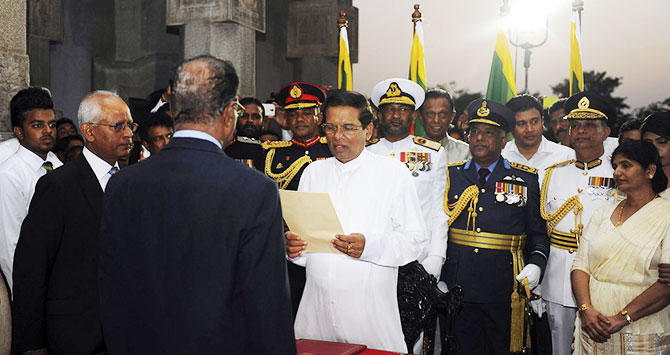
Dr Elliott Green
Associate Professor of Development Studies, LSE
Today there is not much evidence of a straight-forward relationship between fertility and wealth, whether in developed or developing countries. However, prior to the onset of mortality and fertility decline which characterizes the initial stage of the demographic transition, demographic theories suggest that richer people had more children that the poor. This idea originated with Thomas Malthus in the early 19th century and more recently has been integral to the work of such economists as Oded Galor and Gregory Clark on the history of economic growth. Robust evidence on this relationship has, however, so far only been established using data from western and northern Europe due to the fact that it is very rare to find records which contain data on both fertility and wealth for a sizeable population in the pre-modern period. This lacuna thus leaves open the question as to whether it was true in the rest of the world as well: indeed, if this relationship was not very strong elsewhere it could help to explain differences in the global income distribution, as hypothesized by Clark.
As such my co-author Sanghamitra Bandyopadhyay and I used data on widow suicides (satis) from early 19th-century Bengal to examine whether this relationship held in pre-demographic transition India. The records, which were collected by British colonial officials in the 1820s, recorded the deaths of widows who threw themselves on the funeral pyres of their dead husbands. This practice, which dated back millennia, was recorded by the British in an attempt to distinguish between ‘legal’ and ‘illegal’ satis. (The practice was finally abolished in British India in 1829.) The amount of data recorded by officials varied, but in the Suburbs of Calcutta officials recorded data on the widow’s name, age, caste and number of children as well as her husband’s income and profession for 161 satis.
Using this data we found that there was a significant positive relationship between income and wealth, such that those satis whose husband’s were within the richest quartile of income had roughly one more child on average than those in the bottom quartile. This relationship still holds when controlling for caste and the widow’s age, location and date of death, as well as when examining the husband’s profession rather than his income.
Our findings suggest that the relationship between income and fertility was as true in India as it was in Europe, which opens up questions as to whether pre-modern fertility patterns can help to explain global differences in income and wealth.
Citation: Bandyopadhyay, Sanghamitra and Elliott Green. 2013. Fertility and wealth in early colonial India: Evidence from widow suicides (satis) in Bengal. Economics Letters 120, 2: 302-304.
Read the full paper (gated: http://www.sciencedirect.com/science/article/pii/S0165176513002243); (ungated prepublication version: http://personal.lse.ac.uk/greened/satifin.pdf)




